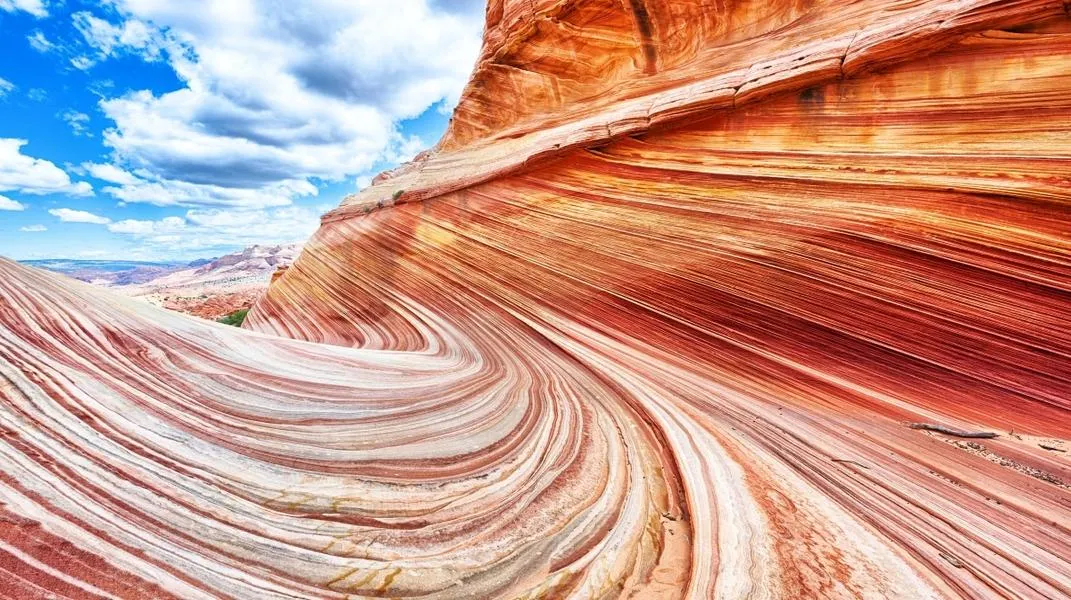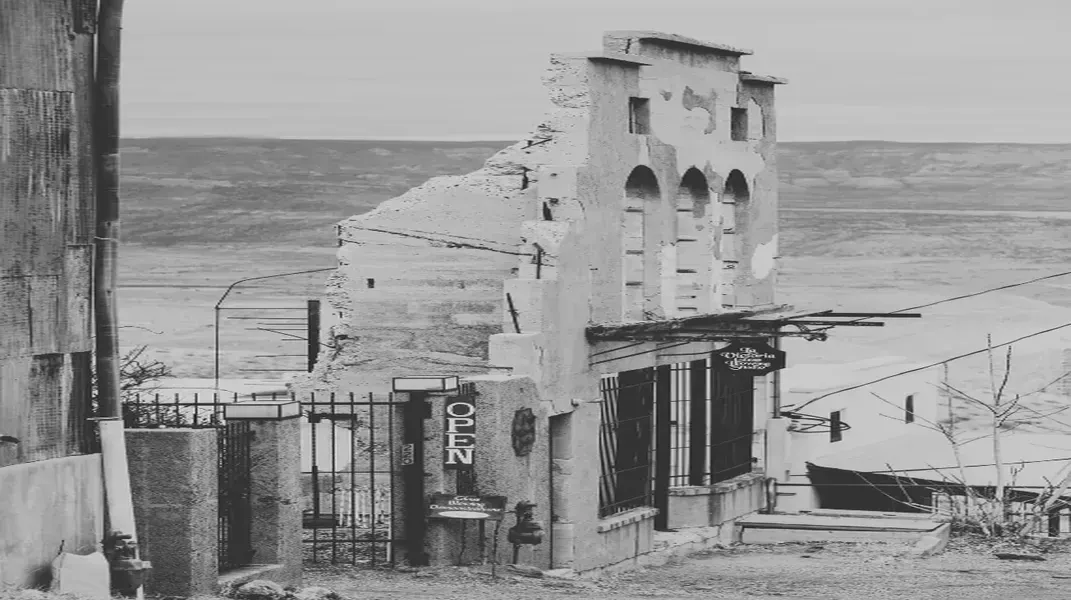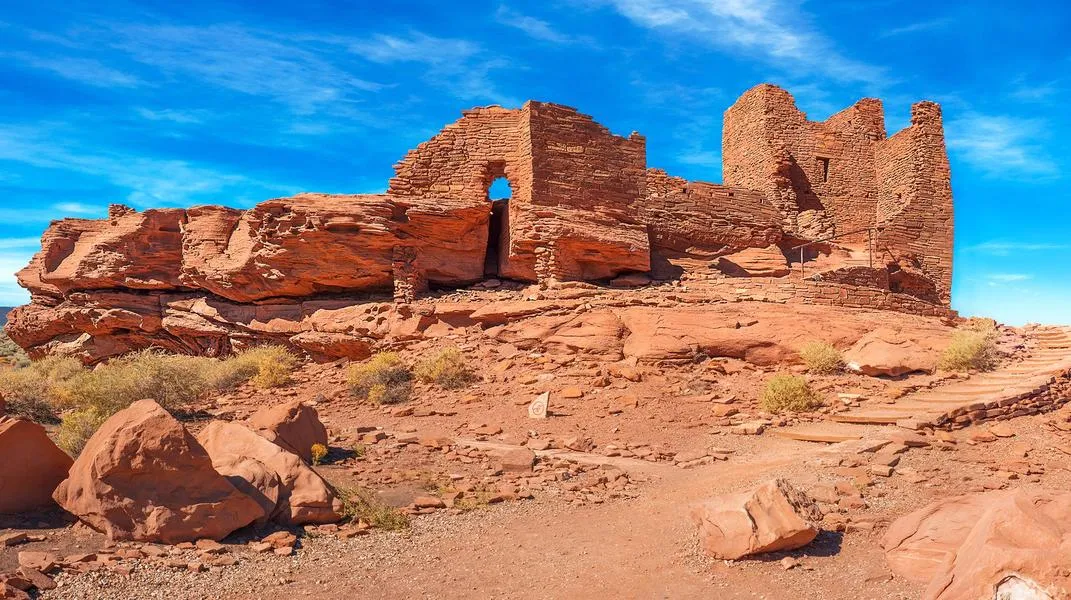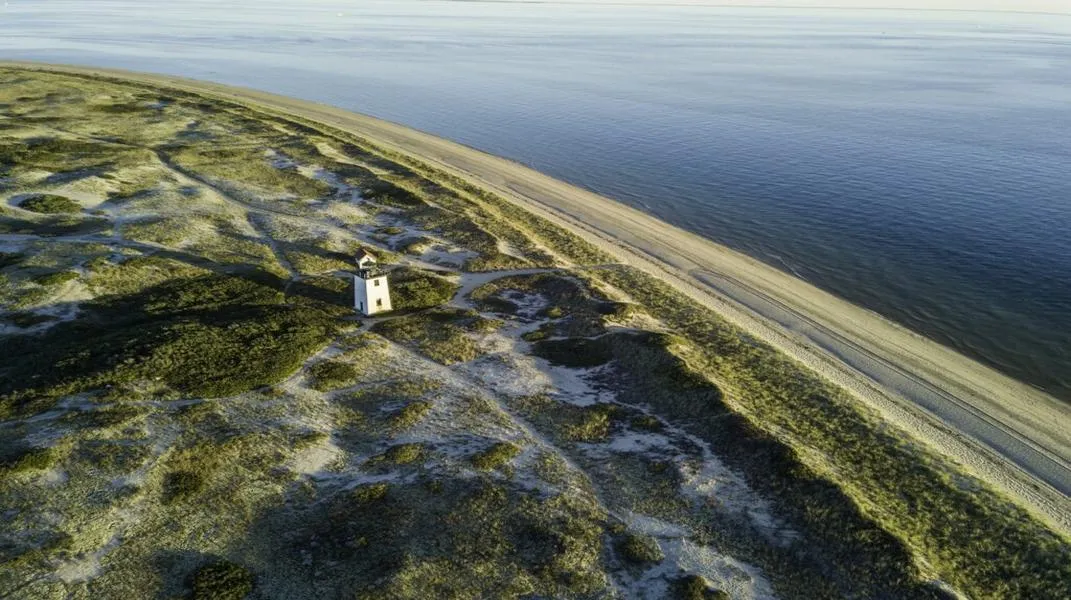Exploring Vermilion Cliffs National Monument: A Natural Wonder Awaits
Nestled in the heart of northern Arizona, Vermilion Cliffs National Monument is a breathtaking testament to the power of nature. Spanning over 280,000 acres, this rugged expanse of colorful cliffs, canyons, and unique geological formations showcases some of the most stunning landscapes in the American Southwest. Established in 2000, the monument is a haven for outdoor enthusiasts, photographers, and anyone seeking the beauty and serenity of the desert.

The Geography and Geology of Vermilion Cliffs
The Vermilion Cliffs rise dramatically from the desert floor, their vibrant red and orange hues contrasting with the deep blue sky. The cliffs themselves are composed primarily of Navajo sandstone, formed during the Jurassic period over 190 million years ago. The layers of rock tell a story of ancient environments, from shifting dunes to coastal plains, creating a visually stunning tapestry.
The monument is home to several notable geological features, including:
- The Wave: A mesmerizing rock formation characterized by undulating, wave-like patterns. This iconic spot is a photographer's dream and is often featured in travel magazines due to its surreal beauty.
- Coyote Buttes: An area that includes both Coyote Buttes North and South, this region offers a variety of unique rock formations, including the famous "Wonderland of Rocks." Coyote Buttes North requires a permit for access, while Coyote Buttes South is accessible without a permit.
- Paria Canyon: This majestic canyon, carved by the Paria River, presents opportunities for hiking and exploration amid towering cliffs and narrow passages. The stunning colors of the canyon walls, particularly at sunrise and sunset, are nothing short of magical.
- Buckskin Gulch: One of the longest slot canyons in the United States, Buckskin Gulch is a must-visit for adventurous hikers. The narrow passageways, towering walls, and intricate rock patterns create an otherworldly atmosphere.
Wildlife and Ecosystem
Vermilion Cliffs National Monument is not only known for its stunning geology but also for its diverse ecosystems. The monument encompasses a range of habitats, including desert scrub, riparian areas, and high plateaus. This variety supports an array of wildlife, making it an excellent destination for nature lovers.
- Birdwatching: The monument is home to several bird species, including peregrine falcons, California condors, and various songbirds. Birdwatching enthusiasts will find ample opportunities to spot these magnificent creatures, especially in the spring and fall migrations.
- Mammals: Visitors may encounter a variety of mammals, such as mule deer, coyotes, bobcats, and the elusive mountain lion. The desert environment is also home to smaller creatures like rabbits, lizards, and snakes.
- Flora: The plant life in Vermilion Cliffs is equally diverse, featuring species adapted to the harsh desert climate. Visitors can observe iconic desert plants such as cacti, sagebrush, and wildflowers that bloom in the spring.
Preparing for Your Visit
To fully appreciate and enjoy the natural beauty of Vermilion Cliffs National Monument, careful planning is essential. Here are some key materials and preparations you should consider before embarking on your adventure.
1. Research and Permits
Before you head out, it’s important to research the areas you wish to explore. Certain regions, like The Wave and Coyote Buttes North, require permits due to their popularity and the need for conservation. Permits for The Wave can be obtained through a lottery system, with a limited number available each day. Make sure to secure these permits well in advance of your visit.
2. Map and Navigation Tools
A detailed map of the monument is crucial for navigating the vast terrain. The BLM (Bureau of Land Management) website provides maps and information about trails, points of interest, and regulations. Consider downloading offline maps on your smartphone or bringing a GPS device, as cellular reception can be unreliable in remote areas.
3. Appropriate Clothing
The weather in Vermilion Cliffs can vary significantly depending on the season. Here’s a general guide to what to wear:
- Summer: Lightweight, breathable clothing is essential, along with a wide-brimmed hat and sunglasses to protect against the intense sun. Sturdy hiking boots are a must for rocky terrain.
- Fall and Spring: Layering is key during these transitional seasons. Mornings and evenings can be chilly, so a lightweight jacket or fleece is advisable.
- Winter: While temperatures can drop significantly, especially at night, daytime can still be pleasant. Dress in layers, and ensure you have warm clothing, including gloves and a hat.
4. Hydration and Nutrition
Given the dry desert climate, staying hydrated is vital. Bring plenty of water—at least one gallon per person per day is recommended, especially if you plan on hiking. Snacks like trail mix, energy bars, and fruits are great for maintaining your energy levels during excursions.
5. Hiking Gear
If you plan to hike, be sure to pack the following gear:
- Daypack: Choose a comfortable daypack to carry your essentials, including water, food, a first-aid kit, and navigation tools.
- Trekking Poles: These can provide stability and reduce strain on your knees, especially in uneven terrain.
- Footwear: Invest in sturdy, comfortable hiking boots that provide good ankle support and traction.
- Sun Protection: Sunscreen with high SPF, lip balm, and a wide-brimmed hat are essential to protect yourself from the sun’s harsh rays.
6. Photography Equipment
Vermilion Cliffs is a photographer’s paradise. Bring a quality camera and lens to capture the stunning landscapes. Consider packing a tripod for long exposure shots, especially during sunrise and sunset when the colors are at their most vibrant. Don’t forget extra batteries and memory cards.
7. Camping and Accommodation
If you wish to extend your stay, there are several camping options available within and around the monument. Primitive camping is allowed, but visitors should be aware of Leave No Trace principles to minimize their impact on the environment. Be sure to check for any specific regulations regarding camping and campfires.
For those preferring more amenities, nearby towns like Kanab, Utah, and Page, Arizona, offer a range of accommodations, from hotels to vacation rentals.
8. Respecting the Environment
Lastly, it’s crucial to be a responsible visitor. Follow the Leave No Trace principles by minimizing your impact on the environment. Stick to designated trails, pack out all trash, and respect wildlife by observing from a distance. The preservation of this stunning landscape depends on responsible tourism.
Conclusion
Vermilion Cliffs National Monument is a hidden gem in the American Southwest, offering a captivating blend of stunning landscapes, rich wildlife, and unparalleled outdoor experiences. Whether you’re hiking through slot canyons, photographing unique rock formations, or simply soaking in the beauty of the desert, a visit to this national monument promises to be an unforgettable experience.
With thorough preparation and a sense of adventure, you can fully enjoy everything Vermilion Cliffs has to offer. From the mesmerizing Wave to the tranquil beauty of Paria Canyon, each corner of this monument invites exploration and appreciation of nature’s artistry. So pack your bags, gather your gear, and get ready to embark on an adventure in one of the most picturesque wilderness areas in the United States!




